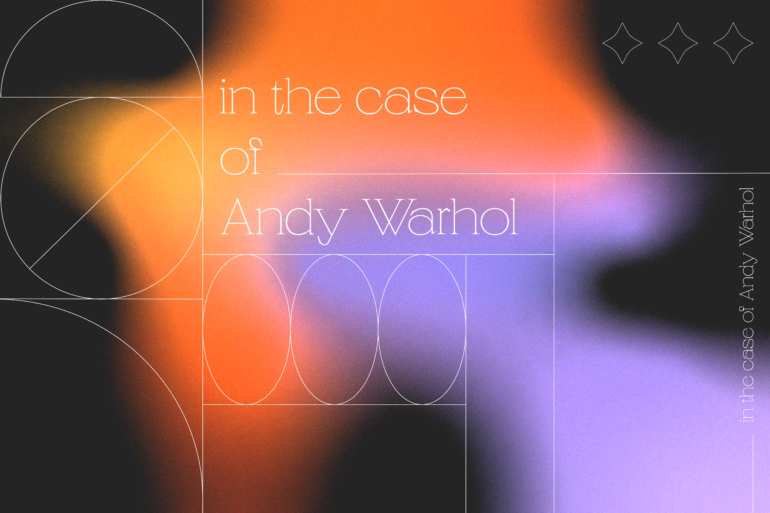There is no denying that the iconic Andy Warhol has successfully transformed himself into a brand that continues to thrive and grow well into his legacy, giving him an eternal voice in the art scene he created with his own two hands. Such hands, however, have recently found themselves in the metaphorical cuffs of the “copyright police,” as Warhol’s 1984 collection of silkscreens entitled Prince depicting a portrait of the funk superstar of that name, came under fire when famous celebrity photographer Lynn Goldsmith, who took said portrait of Prince, sued the Warhol Estate for copyright.
Now, this all happened already when the Warhol Foundation filed “a pre-emptive lawsuit” in April 2017, reports ArtNet, “asking the court for a declaratory judgment stating that the “Prince Series” did not violate Goldsmith’s copyright.” It had been 34 years since Goldsmith had licensed the photograph to Vanity Fair for an unnamed artists reinterpretation, but it wasn’t until Prince died in 2016, sparking a commemorative issue of Vanity Fair celebrating his life that included Warhol’s silkscreens, that Goldsmith realized the work had ever been used at all. The courts voted in favor of Warhol, though later repealed and ruled in favor of Goldsmith, who claims that she was only searching for credit for her intellectual property. In December of 2021, the Warhol Foundation filed a petition for a writ of certiorari or a rehearing of the case with the highest United States court of justice, the Supreme Court.
The Supreme Court was said to have decided whether or not to take up the appeal in the case of Warhol v. Goldsmith in January of this year, and in late March, it was released that the Supreme Court would hear this case for what will be the third time. This case will carefully examine the “fair use” defense that has kept this ruling at large for the past five years and whether or not Warhol’s celebrity silkscreens and other branded explorations transform previous works enough to be considered independent from the original artist.
This is a case not only for Warhol but for the sanctity of contemporary art and deciphering the line between a reference image and the reinterpretation, which the Warhol Foundation claims were the case in all of Warhol’s work that capitalized off a celebrity-obsessed consumerism age as a whole. As the “viewer,” we must decide how much of this work is Warhol’s, as it was his 1980s pop-art explorations that took that voice from the institution and gave it back to the people. This raises the question of Warhol’s ownership of his referential works and, more largely, conceptual art’s originality. In the case of Warhol, who do you think is to blame?
Words by Mandy Olivieri
Graphic by Danna Macias.

